Bitcoin is in another steep selloff after Tesla CEO Elon Musk implied that the company might sell its holdings. A self claimed “crypto analyst” @CryptoWhale tweeted, “Bitcoiners are going to slap themselves next quarter when they find out Tesla dumped the rest of their #Bitcoin holdings. With the amount of hate @elonmusk is getting, I wouldn’t blame him…”. Musk replied “indeed”.
Bitcoin has now taken out 47112 support to resume the correction from 64828. It’s now on track to 38.2% retracement of 4000 to 64828 at 41591, which is close to the top of prior range of 28989/41964. We’re expecting strong support from this 41591/41964 zone to contain downside and bring rebound, at least for the first attempt.
Break of 51511 resistance is needed to be the first sign that such correction from 64828 has completed. Otherwise, risk will stay on the downside in case of rebound. Firm break of 41951/41964 will set up another crash to 61.8% retracement at 27236, which is in proximity to the lower end of the above mentioned rate at 28989.




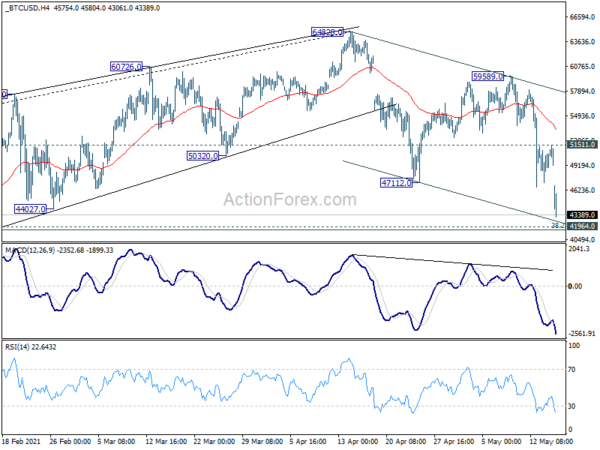
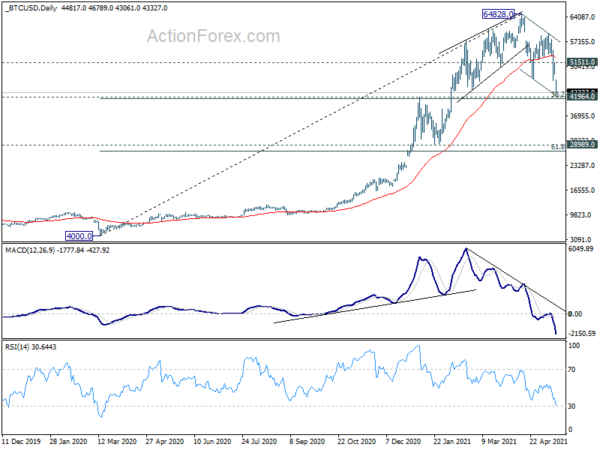
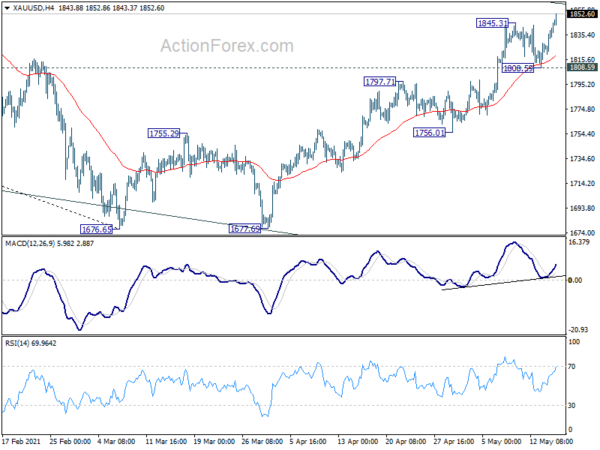
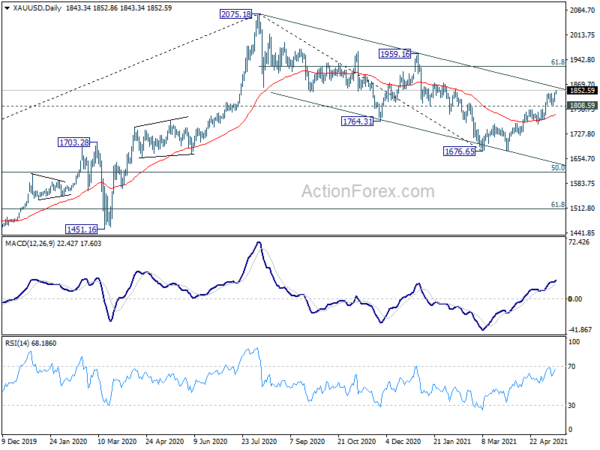
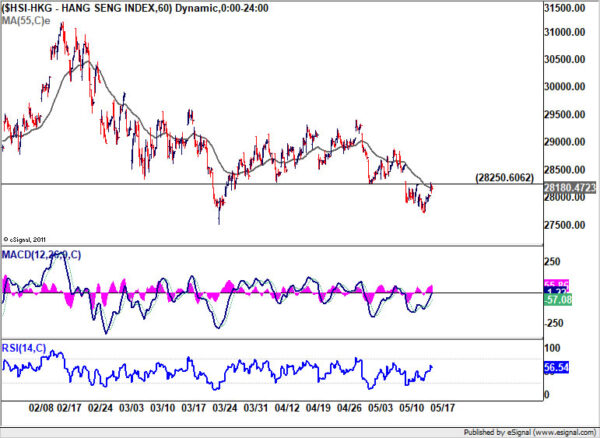
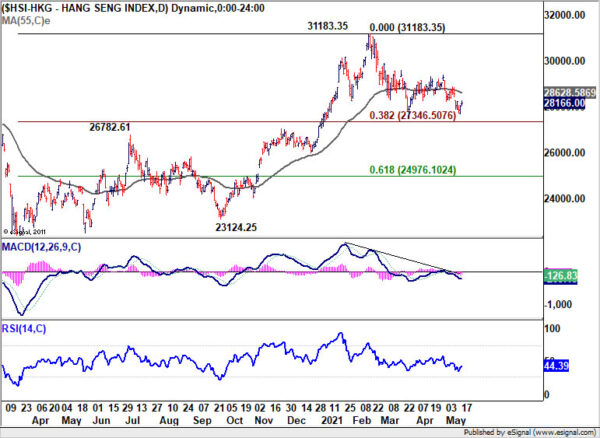
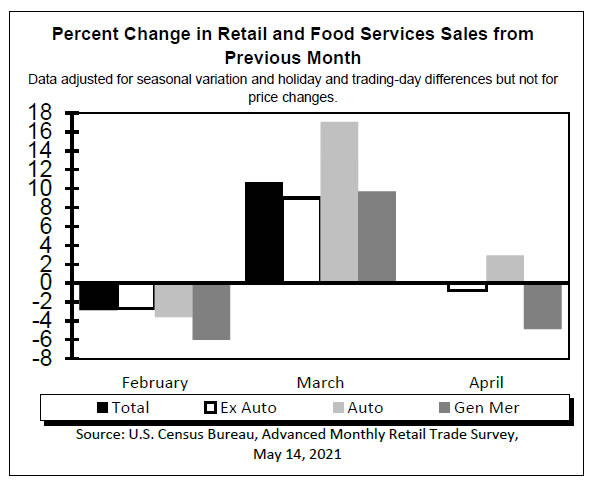
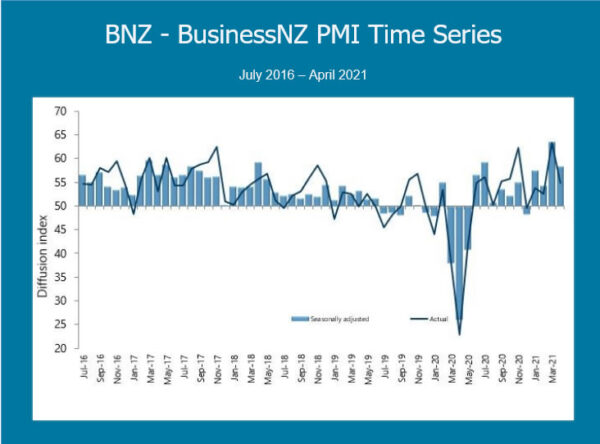
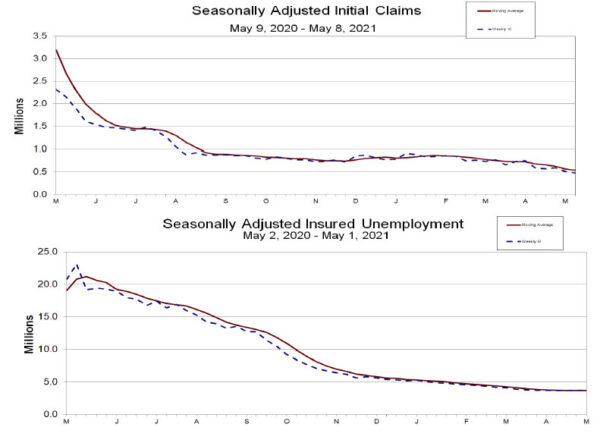
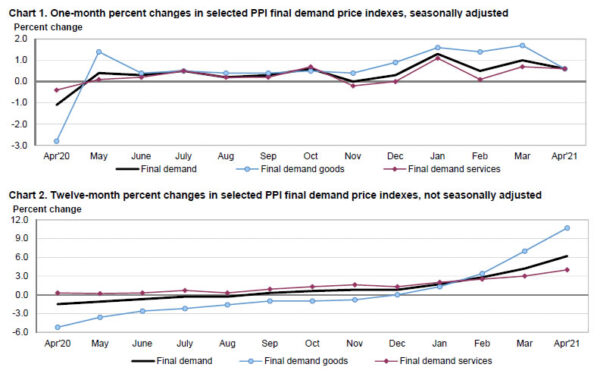
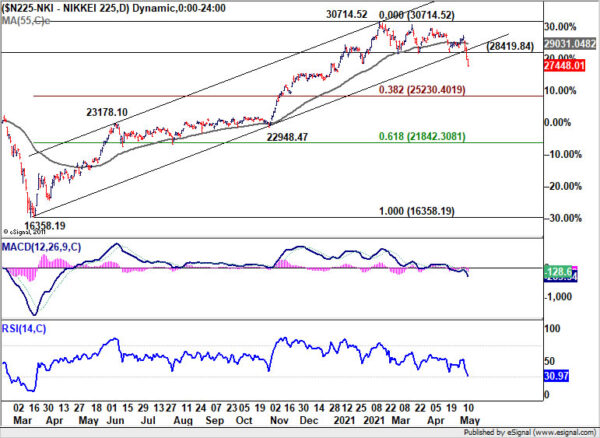

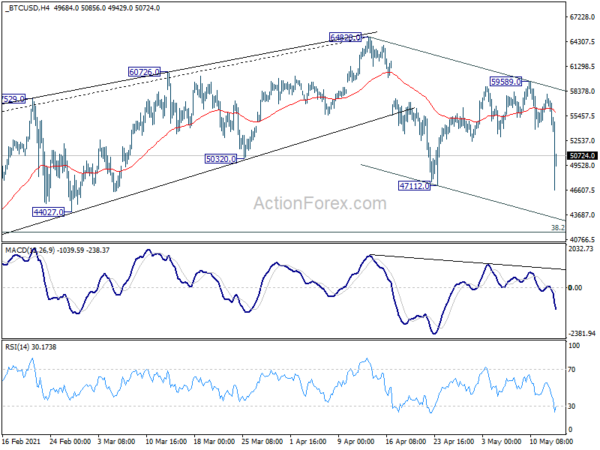
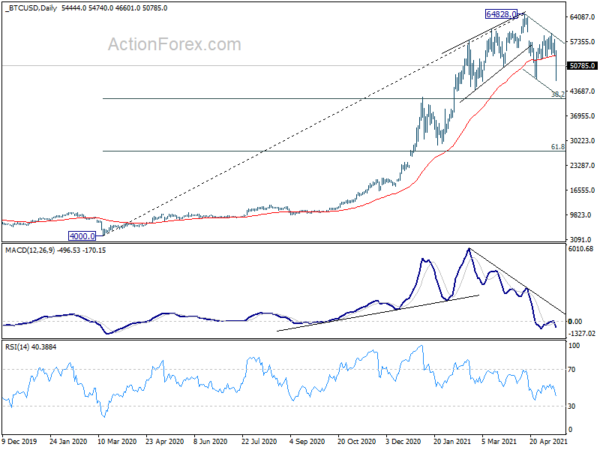
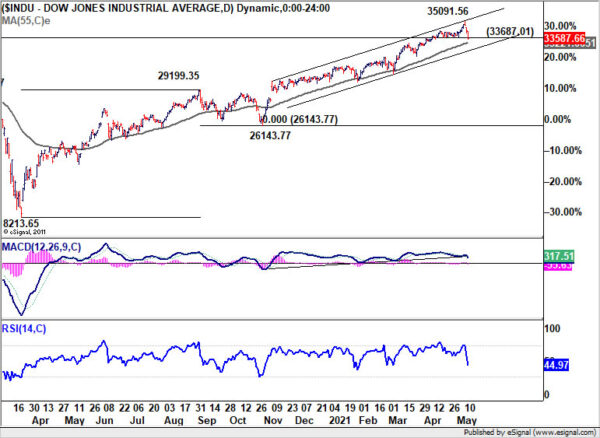
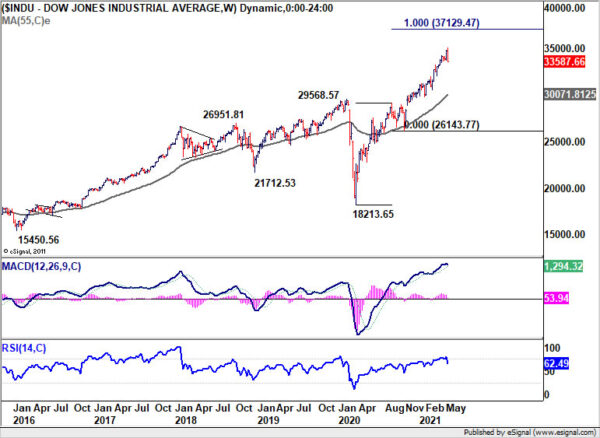
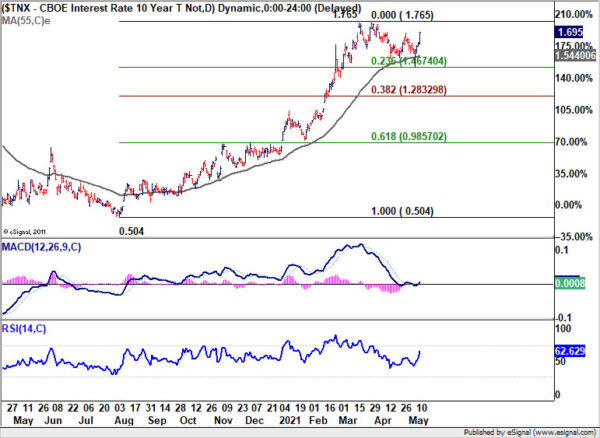
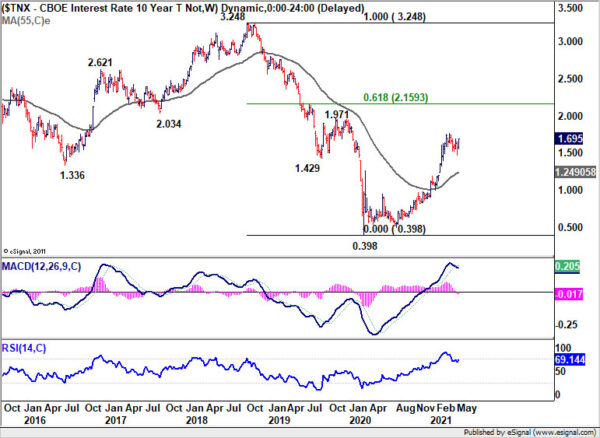
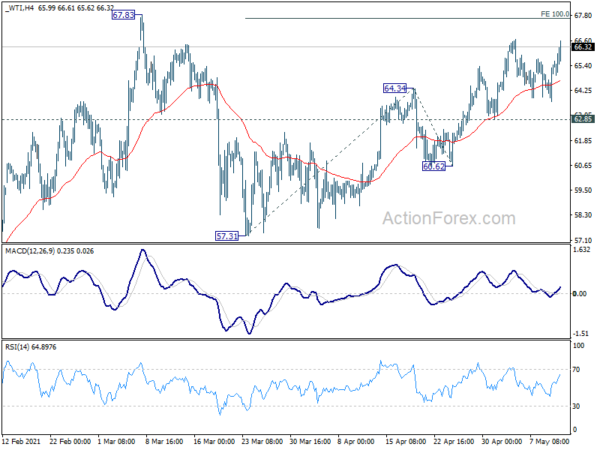
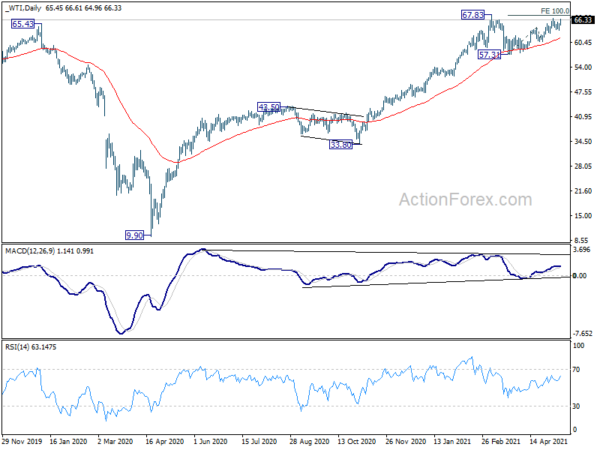
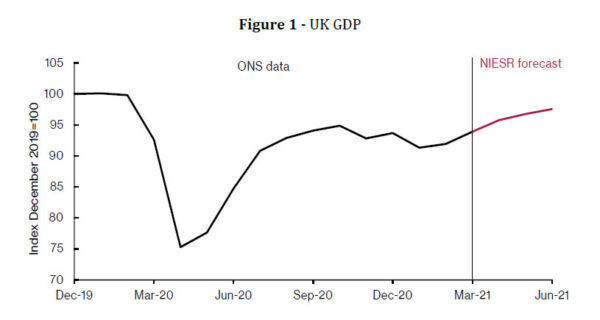

EU and US to hold China’s trade-distorting policies to account
EU said they will temporarily suspend the increase of its rebalancing measures on the US 232 steel and aluminum tariffs, imposed during the era of former US President Donald Trump. EU said, “this gives us space to find joint solutions to this dispute and tackle global excess capacity”.
In the joint statement, EU Executive Vice President Dombrovskis, US Trade Representative Katherine Tai and Secretary of Commerce Gina Raimondo, said, “as the United States and EU Member States are allies and partners, sharing similar national security interests as democratic, market economies, they can partner to promote high standards, address shared concerns, and hold countries like China that support trade-distorting policies to account.”
Full statement here.
By loading the tweet, you agree to Twitter’s privacy policy.
Learn more
Load tweet